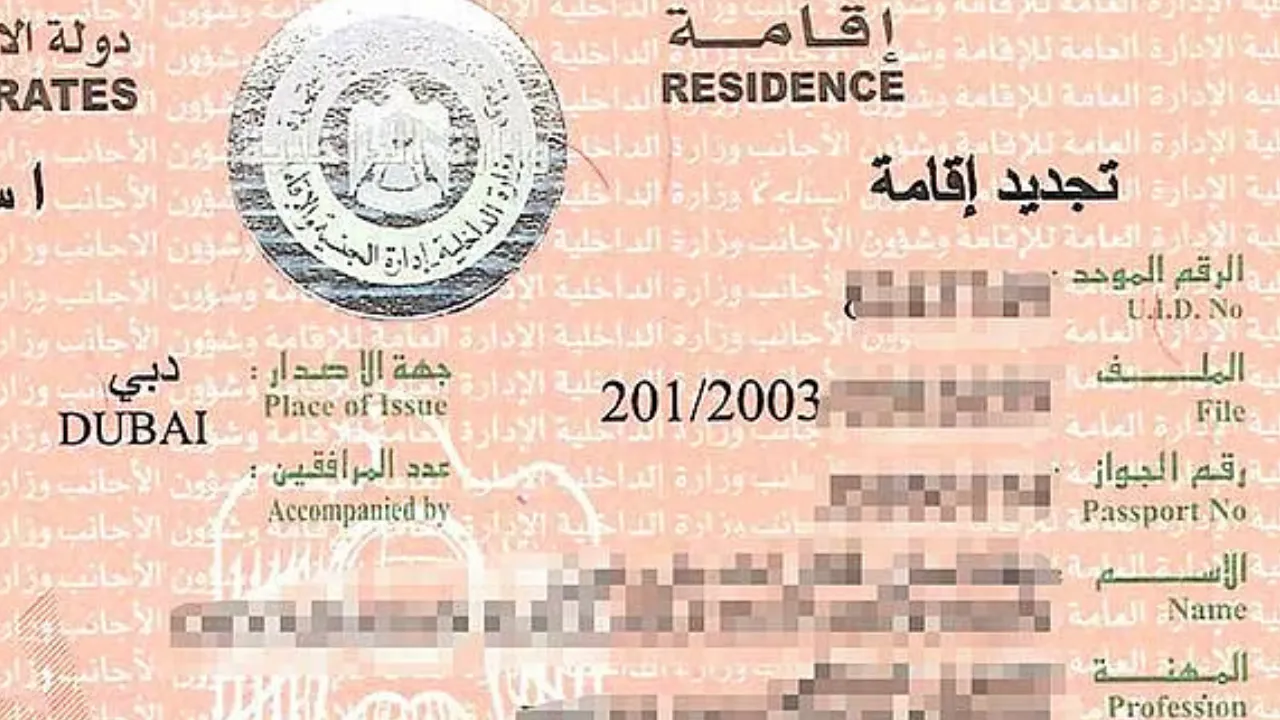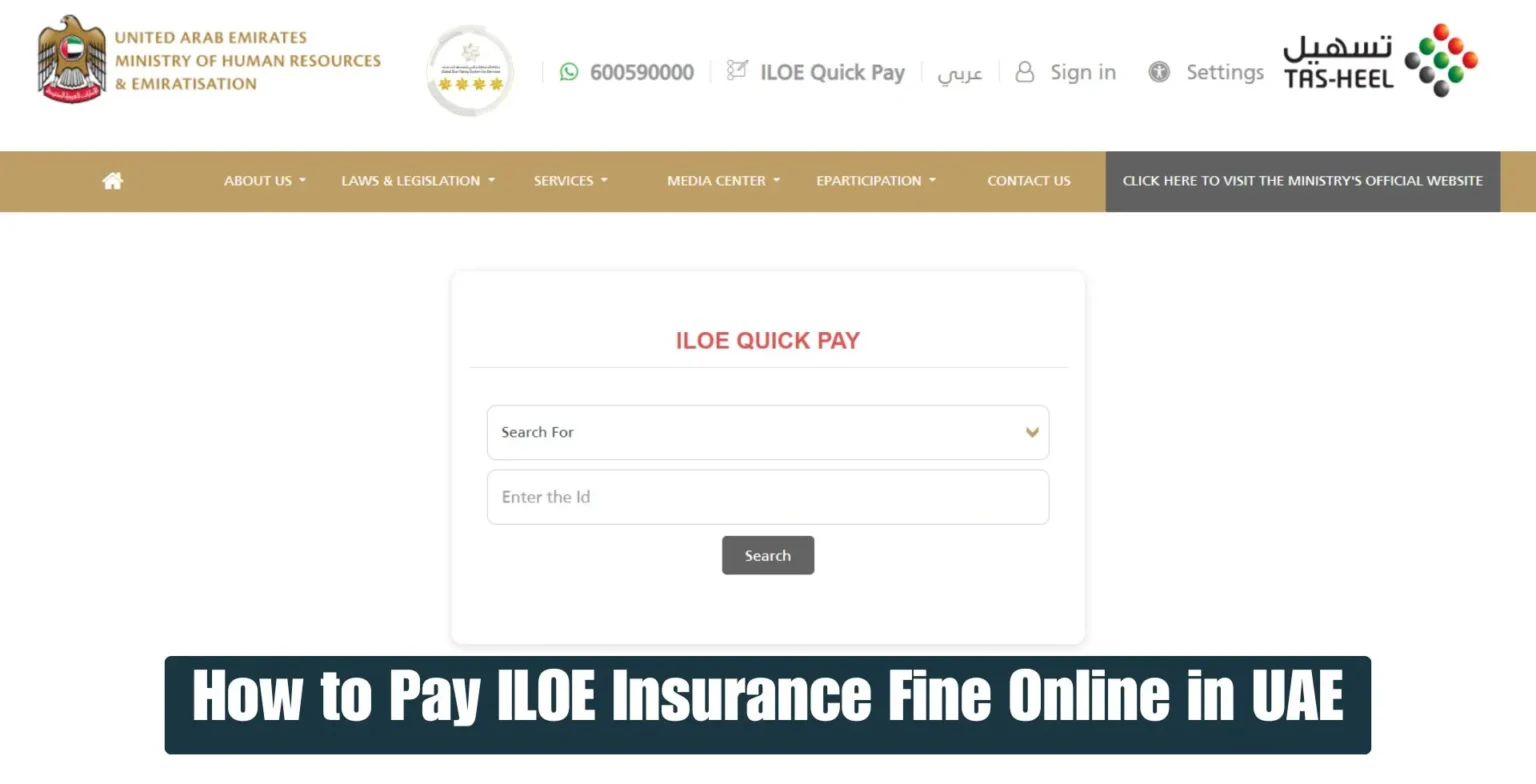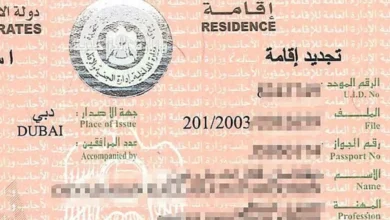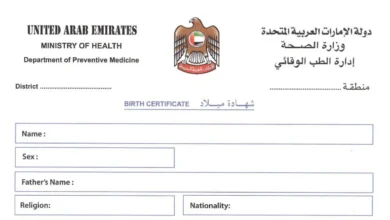
Life can surprise you with sudden cash needs due to things like medical costs, vehicle repairs or losing a job. If you do not have a rainy-day fund, it is good to know the options available to you. Here you find reliable and risky ways to get emergency funds.
Review Your Finances
Before borrowing, assess your situation:
- Negotiate bills and debts – Some lenders can give you temporary relief, extension or reduced payment plans.
- Reduce unnecessary costs – Cutting back on non-essential spending can lower how much you need to borrow.

Lower-Risk Ways to Get Emergency Cash
Start with these safer options before considering high-risk alternatives:
- Talk to lenders – Request temporary relief or payment plans to avoid penalties.
- Bank personal loans – They usually charge lower interest rates and have fixed repayment terms.
Moderate-Risk Options
You can look at these options if the safer ones won’t work:
- Salary advances – Getting your salary before payday may lead to a budget gap.
- Home equity loans – These may have lower rates, but you risk losing your house if you don’t repay.
High-Risk Options: Use Caution
You should use these only when no other options exist, due to their high costs:
- Retirement withdrawals – This could come with penalty fees, taxes, and leave you exposed financially.
- Credit card cash advances – Extravagantly high rates and charges start counting immediately once you withdraw funds.
Financial emergencies are stressful, but careful planning can help you navigate them. Choose the safest borrowing option, and once your crisis is over, prioritize rebuilding your emergency fund to avoid future financial stress.













